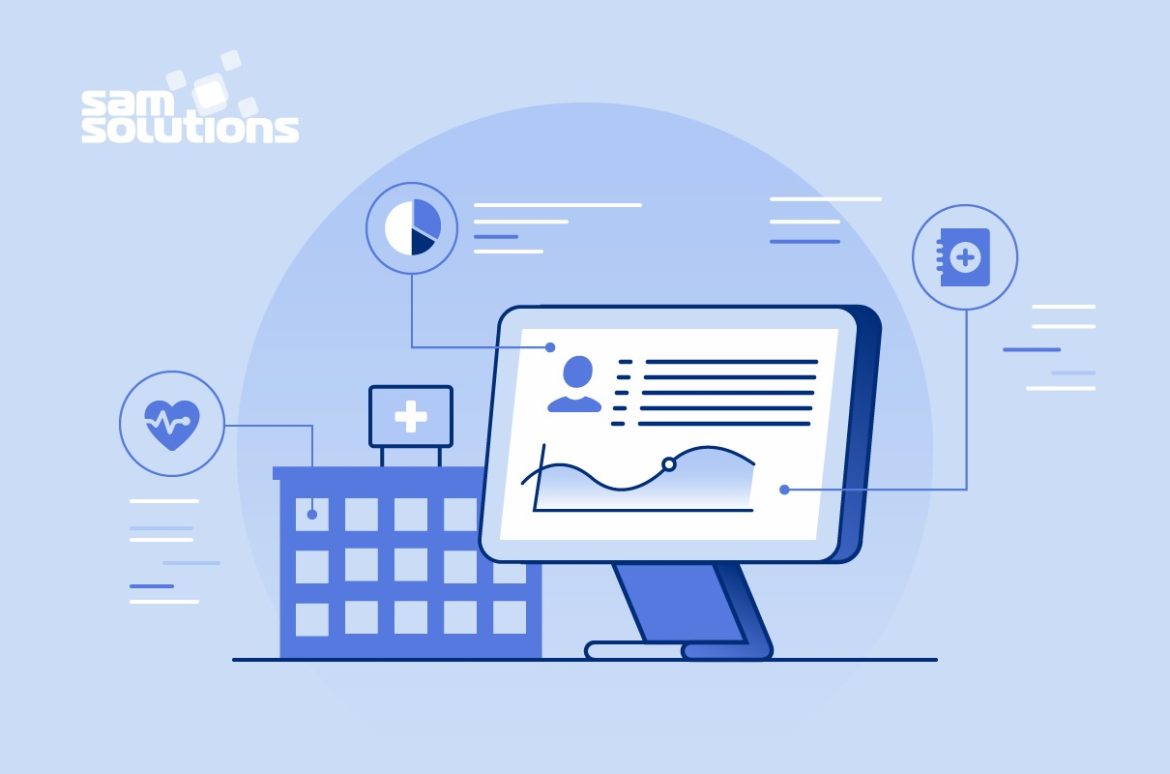The healthcare industry is undergoing a digital transformation, with optical character recognition (OCR) technology playing a pivotal role in streamlining medical records and patient data management. With a decade of experience in technical copywriting, let’s dive into how OCR is revolutionizing healthcare practices and enhancing patient care.
Digitizing Medical Records
The Challenge of Paper-Based Records
Historically, healthcare providers relied on paper-based medical records, which were cumbersome to manage, prone to errors, and challenging to access in emergencies.
OCR’s Role
OCR technology is transforming paper records into digital formats. By converting handwritten notes and printed documents into machine-readable text, healthcare organizations can access and manage patient information more efficiently.
Improving Data Accuracy
Reducing Human Error
OCR reduces the risk of manual data entry errors, ensuring that patient records are accurate and up to date. This accuracy is crucial for diagnoses, treatment plans, and medication administration.
Automated Data Verification
OCR systems can automatically cross-reference and verify data across different documents, helping identify inconsistencies or discrepancies in patient records.
Accelerating Document Retrieval
Quick Access to Patient Information
Digital records, enhanced by OCR, enable healthcare professionals to access patient information quickly. This speed is critical in emergency situations where every second counts.
Enhanced Search Capabilities
OCR-powered search functionality allows healthcare providers to locate specific information within large volumes of patient records, improving the efficiency of clinical decision-making.
Data Integration
Interoperability
OCR facilitates the integration of diverse data sources, allowing healthcare systems to combine information from medical records, test results, and imaging studies.
Comprehensive Patient Profiles
By aggregating data from various sources, healthcare providers can create comprehensive patient profiles, promoting holistic and personalized care.
Regulatory Compliance
HIPAA Compliance
OCR technology assists healthcare organizations in complying with the Health Insurance Portability and Accountability Act (HIPAA) by securely managing and protecting patient data.
Audit Trails
OCR-enhanced digital records often include audit trails, tracking changes and access to patient information, which is essential for compliance and security.
Telehealth and Remote Care
Accessible Data Anywhere
OCR facilitates telehealth and remote patient monitoring by ensuring that medical records are accessible online from anywhere, enabling virtual consultations and remote care.
Real-time Data Entry
In telehealth scenarios, real-time OCR can capture data from video consultations, ensuring that relevant information is documented and integrated into patient records.
Enhanced Data Analytics
Data-Driven Insights
OCR-processed data can be analyzed for insights into patient outcomes, treatment efficacy, and disease trends, aiding research and healthcare management.
Predictive Analytics
Combining OCR with analytics can enable predictive healthcare, identifying potential health issues and proactively managing patient care.
The Future of OCR in Healthcare
AI-powered OCR
The integration of artificial intelligence (AI) with OCR will further improve accuracy and support the recognition of medical terminology and handwriting.
Remote Monitoring and Wearable Integration
OCR may extend to wearable devices, enabling real-time monitoring of patient data and automatic integration into electronic health records.
Conclusion
In conclusion, OCR technology is revolutionizing healthcare by digitizing medical records, improving data accuracy, and accelerating access to patient information. Its role in data integration, regulatory compliance, and telehealth is transforming how healthcare is delivered and managed.
As OCR technology continues to advance and integrate with AI and wearable devices, the healthcare industry will see further improvements in patient care, research capabilities, and the overall healthcare experience. Stay tuned for our next article, where we will explore the future of document management, focusing on OCR and cloud-based solutions.

